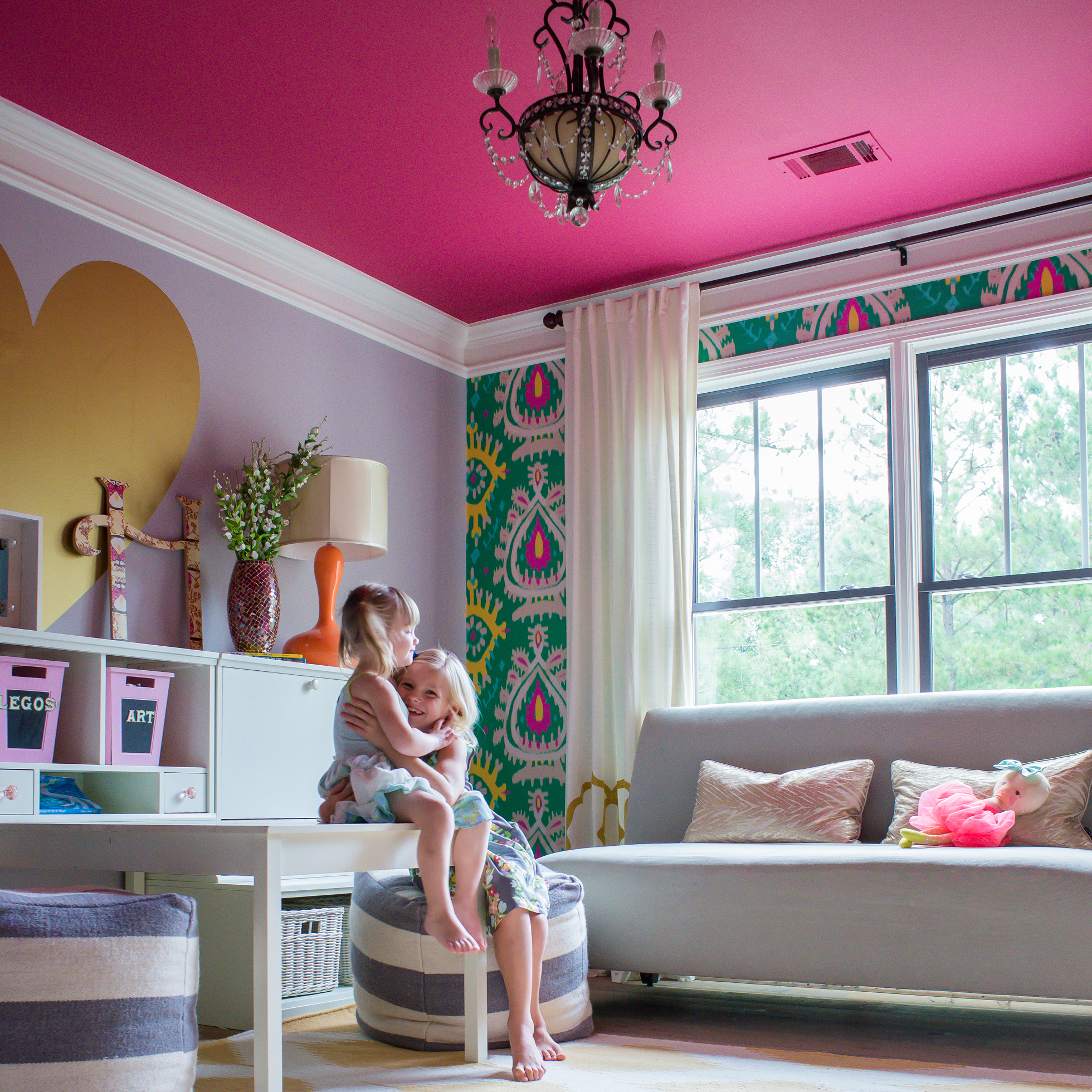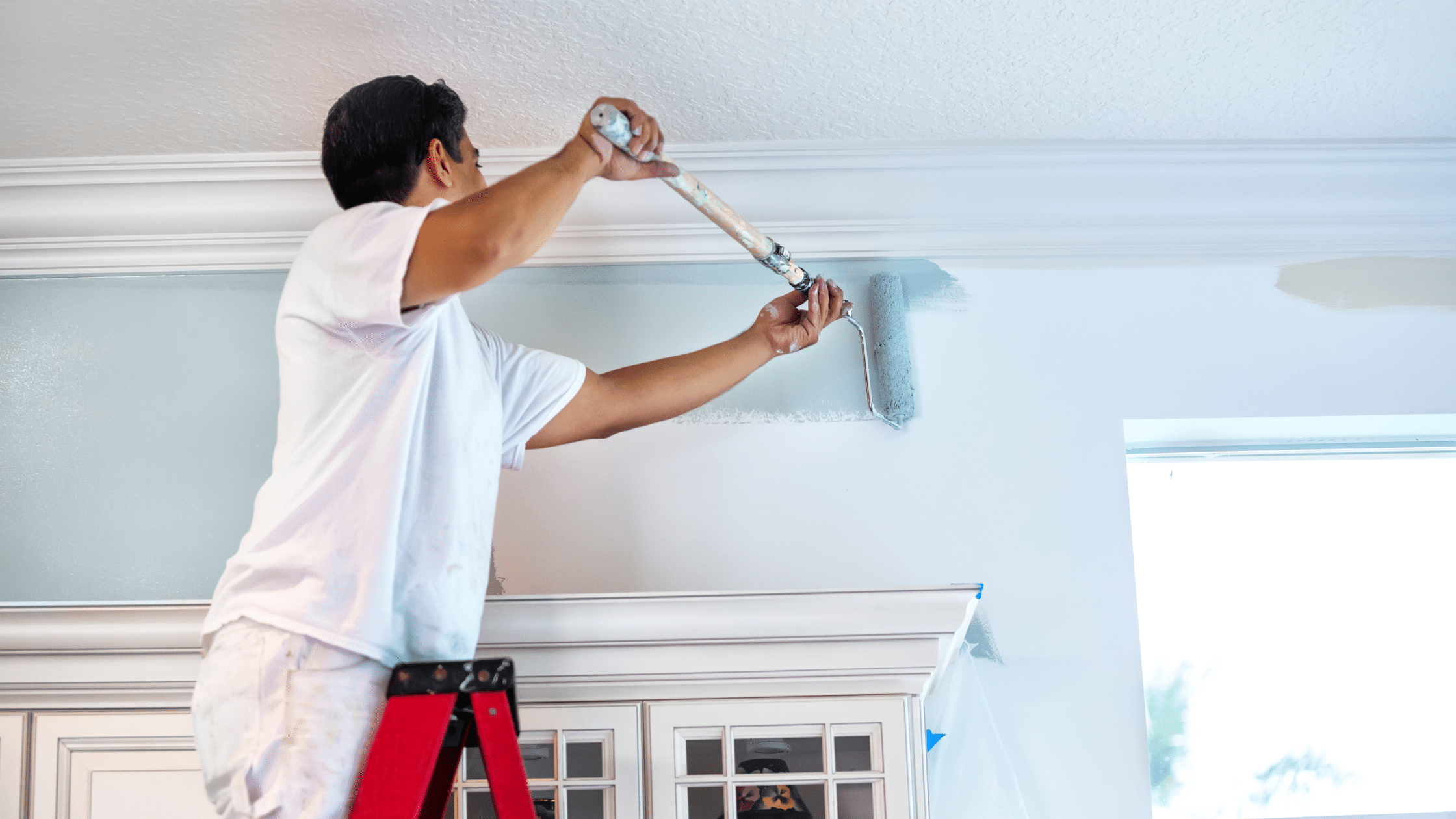High-Quality Lakewood Interior Painting to Enhance the Beauty of Your Space
High-Quality Lakewood Interior Painting to Enhance the Beauty of Your Space
Blog Article
Enhance Your Inside Style With Comprehensive Color Consultation
The combination of shade assessment right into indoor design offers an one-of-a-kind opportunity to refine and boost the visual and emotional resonance of a room. By engaging with a skilled color specialist, you can browse the intricacies of shade option, guaranteeing that your selections not just enhance architectural functions however additionally resonate with personal style and mental influence. This critical partnership can considerably influence the total atmosphere of your environment, fostering a feeling of consistency and purpose. Understanding the nuances of this procedure is essential-- what key facets should be thought about to achieve optimum results?
Benefits of Shade Consultation

In addition, color consultation help in maximizing all-natural light and enhancing spatial assumption. Lighter hues can make an area show up even more large, while darker tones create an intimate setting. Cleveland Metro Painting Specialists. This strategic application of shade can considerably affect the general atmosphere of any indoor area
Furthermore, expert experts possess an extensive understanding of ageless classics and current patterns, guaranteeing that the picked shades will remain appealing with time. This foresight can save customers from expensive redesigns in the future. Color appointment equips clients by providing them with a clear vision and instructions, promoting self-confidence in their layout options and ultimately leading to a more enjoyable and successful indoor design end result.
Recognizing Color Psychology
The value of color psychology in indoor layout can not be overstated, as it explores the emotional and mental results that various tones can evoke in people. Colors can affect state of mind, behavior, and even productivity, making them an important consideration in any kind of design job.
For example, warm colors such as red, orange, and yellow are often connected with energy and heat. They can promote sensations of exhilaration and convenience, making them appropriate for social areas like living areas or kitchen areas. Alternatively, great shades like blue, green, and purple tend to stimulate peace and tranquility, making them suitable for bed rooms or meditation locations.
Furthermore, using neutral tones can develop a well balanced atmosphere by enabling the bolder shades to stand apart without frustrating the senses. Understanding these mental impacts makes it possible for developers to produce areas that not only look visually pleasing however also promote emotional wellness.
Incorporating color psychology into indoor design includes a thoughtful option of tones customized to the intended feature of each room, ultimately boosting the general experience for its residents. This recognition is critical for attaining a harmonious and functional interior atmosphere.
The Color Wheel Described
It makes up key shades-- red, blue, and yellow-- that can not be developed by mixing other colors. Tertiary colors result from blending a main and an additional shade, leading to tones such as red-orange and green.
The useful link shade wheel helps designers comprehend the relationships in between colors, including complementary, similar, and triadic systems. Complementary shades, positioned contrary each various other on the wheel, produce vibrant contrasts that can invigorate a room.
Making use of the color wheel in interior decoration not just enhances aesthetic appeal however also evokes certain emotions and atmospheres, making it an essential referral for color appointment. Recognizing these relationships eventually equips designers to develop areas that are both aesthetically fascinating and useful.
Picking the Right Palette
Typically, choosing the ideal palette is a decisive consider attaining a successful interior decoration project. An appropriate color pattern can combine a room, enhance its attributes, and stimulate wanted emotions. To start, take into consideration the purpose of the space. Different areas offer different features and need palettes that show their designated use; as an example, relaxing colors such as soft blues or environment-friendlies function well in rooms, promoting relaxation.
Next, take right into account the natural light available. Light can significantly change exactly how shades show up, so it is necessary to examine the room at various times of the day. Additionally, think about existing building aspects and home furnishings. An unified combination needs to complement these attributes, producing a natural look throughout the space.
When selecting colors, make use of the 60-30-10 regulation, which suggests that 60% of the area must be a leading color, 30% an additional color, and 10% an accent color. This ratio makes certain balance and aesthetic interest (Cleveland Metro Painting Specialists). Finally, example shades on the walls before dedicating, as this permits you to see exactly how the colors communicate with one another and the total ambiance they create in find your interior decoration task.
Collaborating With a Shade Consultant

When dealing with a shade specialist, the procedure normally starts with a first examination. During this conference, you'll discuss your vision, choices, and the existing components in your room. The expert will certainly assess your needs and may advise particular color combinations that line up with your objectives.
After developing a direction, the expert will give examples and visual help to aid you envision the suggested color design. This step is vital, as colors can appear differently under differing illumination conditions.
Additionally, a shade consultant can guide you in picking complementary home furnishings, art work, and devices to integrate with this article your picked combination. By working together carefully, you can accomplish a refined visual that elevates your interiors and develops a welcoming atmosphere. Inevitably, the expertise of a color specialist can substantially improve the general effect of your style job.
Conclusion
In summary, detailed shade appointment serves as an important device for improving interior style. By leveraging specialist knowledge of shade psychology and spatial characteristics, a customized shade palette can be established to evoke details emotions and produce an unified atmosphere.
By engaging with an experienced shade professional, you can browse the complexities of color selection, ensuring that your selections not only complement architectural functions however also resonate with individual style and psychological impact. It comprises primary shades-- red, blue, and yellow-- that can not be produced by mixing other shades.The color wheel helps developers understand the partnerships between colors, consisting of corresponding, comparable, and triadic systems.When picking colors, use the 60-30-10 rule, which suggests that 60% of the area should be a leading color, 30% a second shade, and 10% an accent shade. By leveraging specialist understanding of color psychology and spatial dynamics, a tailored color scheme can be established to stimulate details feelings and create an unified environment.
Report this page